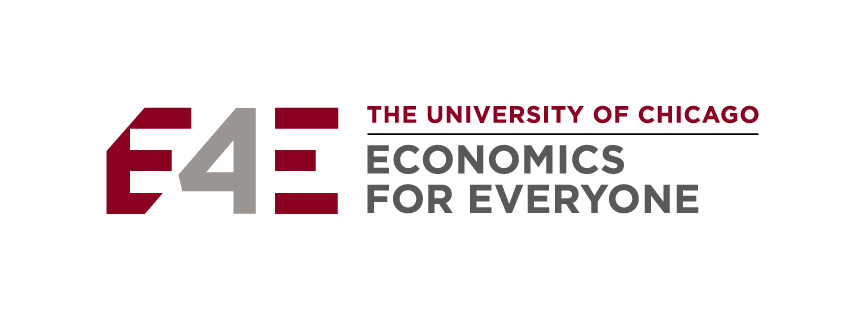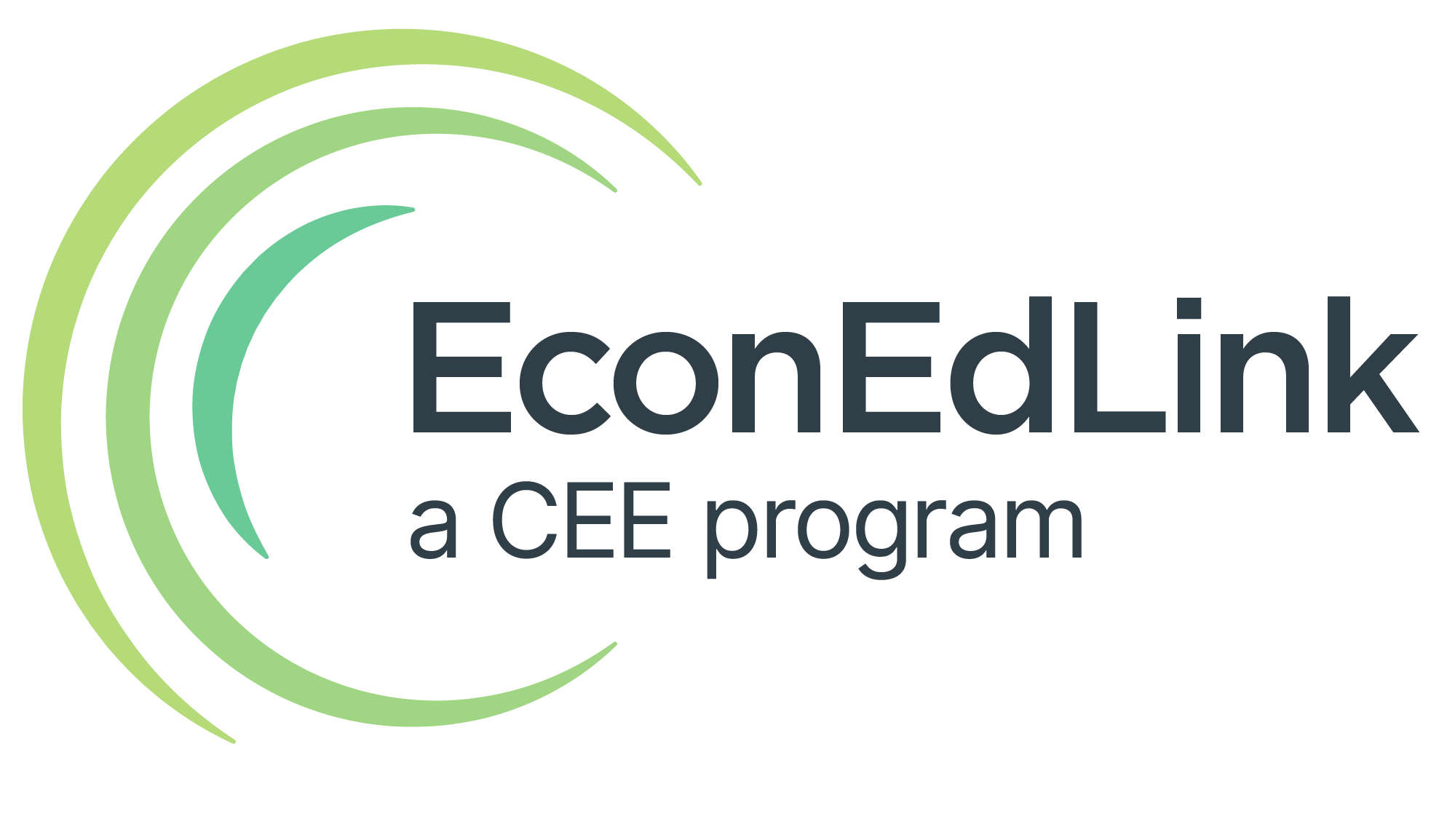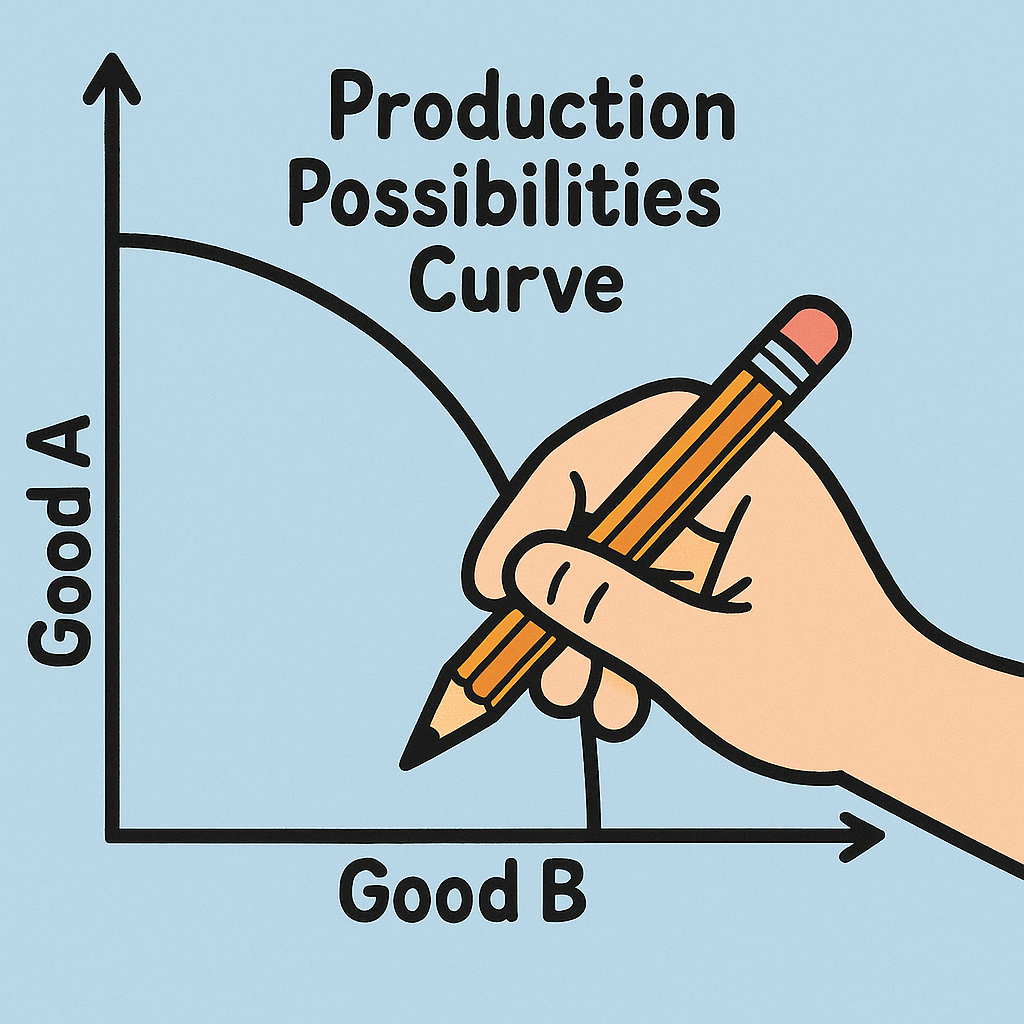
Grades 9-12

Don't have an account yet? Sign up for free
Don't have an account yet? Sign up for free
Students will be able to:

In this economics lesson, students will compare different schools of economic thought to learn about the role of government.
Warm-Up
Write the following questions on the board:
1. What should happen if there is high unemployment and businesses are struggling to make payroll?
2. What can the government do?
3. What can struggling businesses do to help themselves?
4. What can laid off workers do to help themselves?”
Ask students to write meaningful responses and complete sentences. Review the answers as a class.
Modeling
Introduce the debate on the role of government policy in the economy by projecting and working through the PowerPoint Slides and showing the short embedded videos. Start with the Keynesian view that expansionary fiscal policy can stimulate production, boost employment, and increase spending through shovel-ready jobs and tax cuts. Counter that view with Hayek’s and other non-interventionist economists’ views that policies only send mixed production and price signals throughout the sectors targeted by them and, consequently, either make things worse or prolong recovery. Visit the embedded links for more information about each.
Group Activity
Divide the class into small groups. Create an even number of “K” – Keynes and “F” – Friedman groups. Distribute to each group the essay “Friedman, Milton. Why Government is the Problem.” In advance, select a couple of topics in the “Showing That Government Is the Problem” section of the essay. Assign each selected topic to a “K” and “F”. Ask groups to present either the “K” for Keynesian perspective on the topic and the other that they will argue from “F” Friedman’s perspective. Give students an additional 15 minutes to conduct independent online research in support of their assigned economist’s point of view. Direct students to use the following resources as starting points:
When all groups have had sufficient time to prepare their talking points, conduct debates between the two groups. If time permits allow students observing the debate to ask questions or provide further arguments that would support one side or the other. Invite them to constructively evaluate the opposite point of view.
Individual Activity
Provide students with copies of the Commanding Heights. Ask them to read the article and then answer the questions in the Chicago School Activity. Use Chicago School Activity Answer Key as a reference..
Distribute copies of Keynesian School vs. Chicago School to each student. Have students identify which statements would be supported by the Keynesian School of Economics and which statements would be supported by the Chicago School of Economics. Use the Keynesian School vs. Chicago School Answer Key as a reference.
Activity 1
Write the following short answer questions on the board. Have the students answer the following questions in a complete sentence.
1. Summarize the Chicago school of economic thought in your own words.
2. In your own words, summarize Keynes’ views on economics.
Use the Keynes vs Hayek Answer Key as a reference.

Grades 9-12

Grades 9-12

Grades 9-12

Grades 3-5
